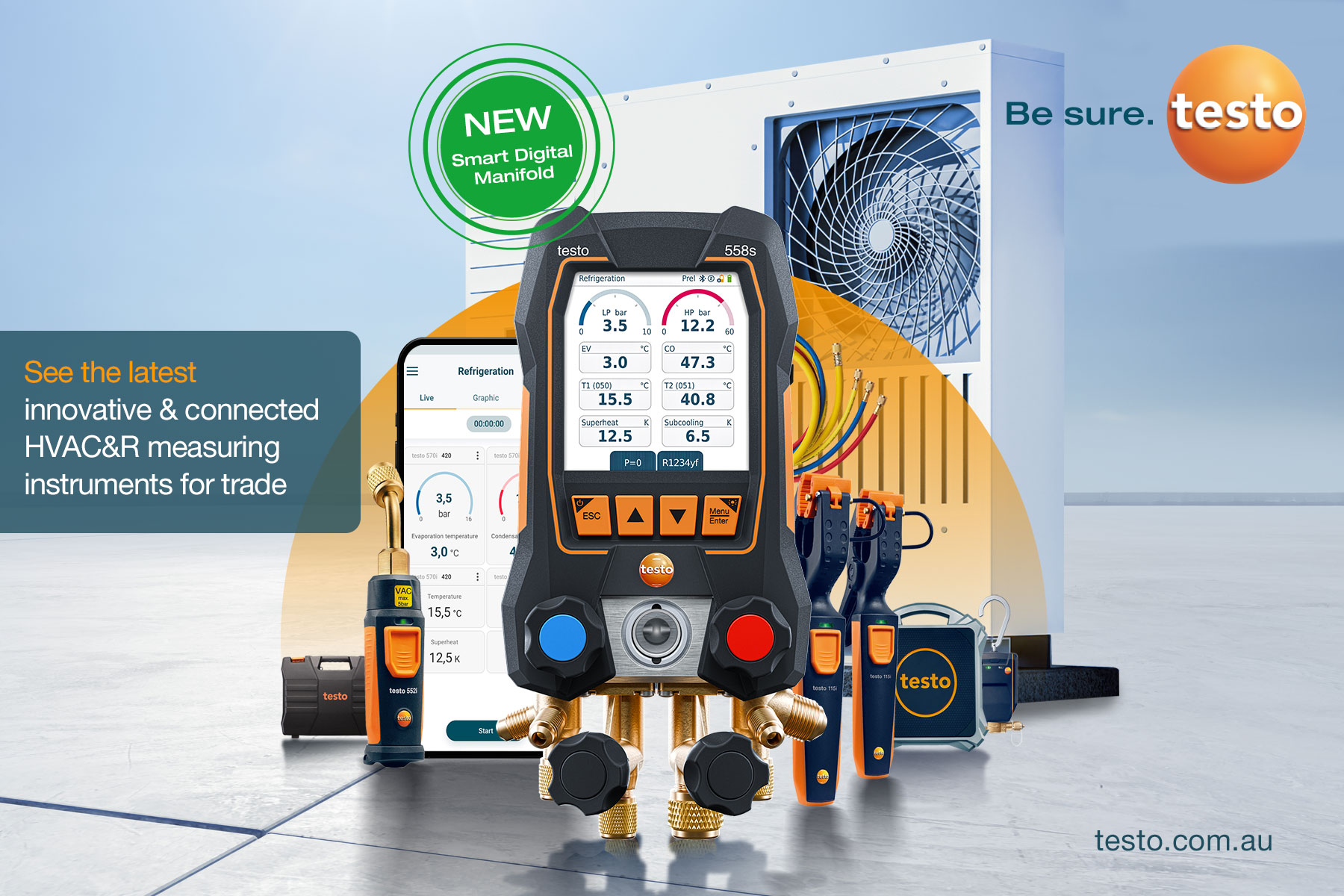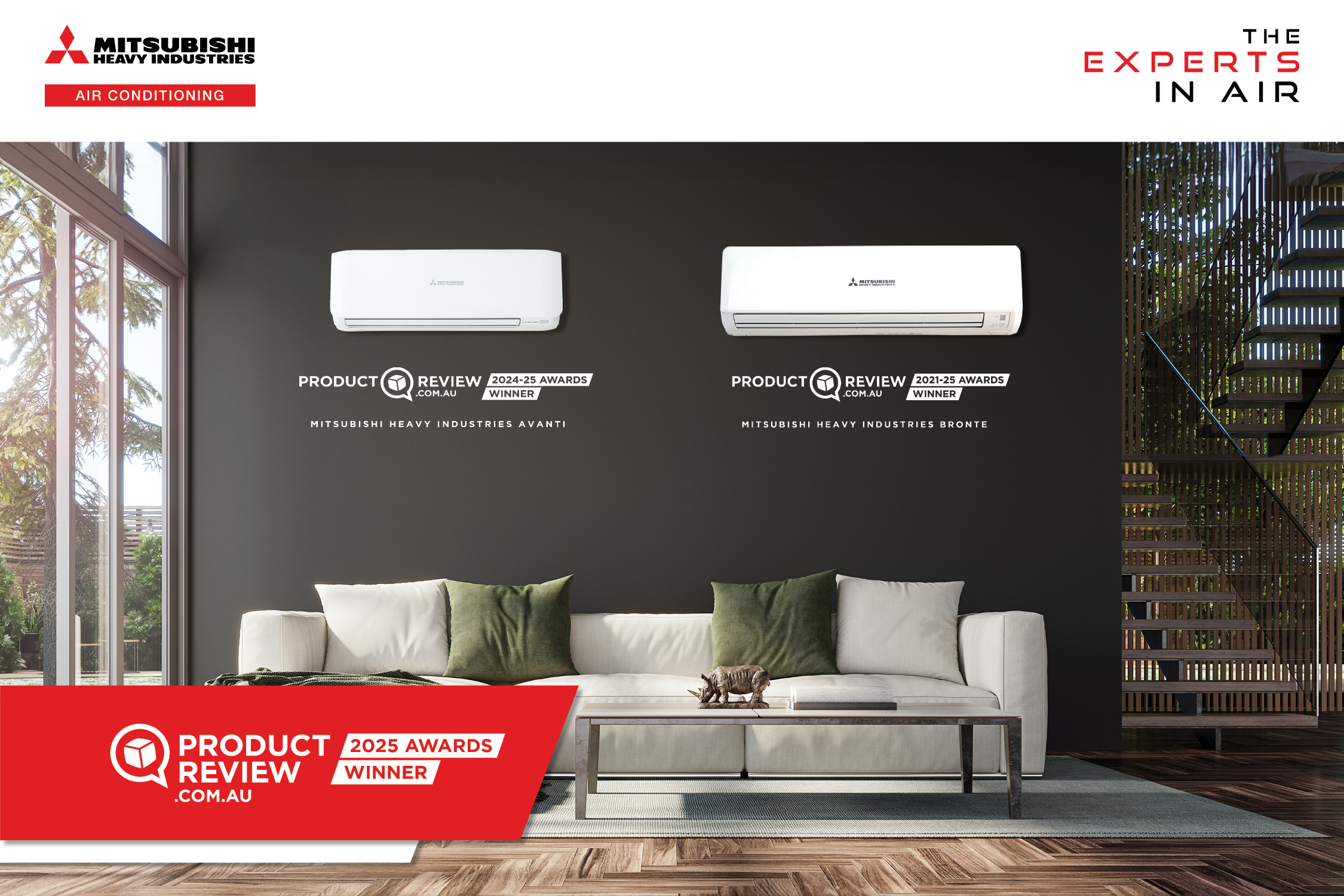The next iteration of the National Construction Code, NCC 2025, is open for public comment until July 1, 2024. We look at some of the key proposed changes for those working in HVAC&R building services – and AIRAH’s preliminary position on them.
While some proposed changes may appear relatively minor, the clarifications are important to reinforce existing requirements. They enable improved outcomes in construction through a better understanding of compliance requirements.
AIRAH is encouraging its members and other industry stakeholders to consider the proposed changes, the intent of the changes, and whether they properly reflect how these HVAC&R requirements can be implemented in practice.
A Streamline webinar on NCC 2025 on Thursday, May 16, will run through other proposed changes related to HVAC&R. More information is available at the AIRAH website.
C3D13 Separation of equipment
This clause includes a minor clarification to an exemption involving exit pressurisation system equipment.
Previously, the clause indicated that “stair pressurising equipment installed in compliance with the relevant provisions of AS 1668.1” need not be separated. This has been extended to “exit pressurising equipment”, which is simply a more complete requirement better aligned with terminology in AS 1668.1.
AIRAH supports this change.
C4D10 Service penetrations in fire-rated exits
This clause lists the services that are permitted to penetrate fire-isolated exits. It has been edited to clarify that a fire-isolated exit may be penetrated by fire services, water supply and test drain pipes, or by sensors and controls associated with a pressurisation system serving the exit (which are a necessary part of many of these pressurisation systems). The penetrations must still be appropriately protected, but clarity is provided in permitting the penetration.
AIRAH supports this change.
C4D15 Openings for service installations
This clause details the requirements for electrical, electronic, plumbing, mechanical ventilation, air conditioning and other service penetrations through building elements required to have an FRL.
Clarification is proposed to require that for ventilating or air conditioning ducts or equipment, the opening must be protected (rather than installed) in accordance with AS 1668.1. This clarification provides a better context-based reference to the methods of protection that are prescribed in AS 1668.1.
AIRAH supports this change.
S11C3 Smoke-proof walls in Class 9c buildings
This clause sets out the requirements for smoke-proof walls in Class 9c buildings. Class 9c buildings include aged care and residential care.
This clause has not changed in the PCD of NCC 2025, which AIRAH sees as an issue – there is still no definition for a smoke damper, despite so many clarifications in other parts of the code around the application of AS 1668.1.
S19C11 Ventilation and power supply for a fire control room
This clause establishes the ventilation requirements for fire control rooms. The requirements for pressurisation systems are proposed to indicate that such systems must be installed in accordance with AS 1668.1 – except clause 10.3. Clause 10.3 of the standard defines the performance criteria for fire-isolated exit pressurisation systems. This clarification will allow the 30 air change reference in subclause (iii) to be used when establishing air quantities, rather than the 1m/s requirement in AS 1668.1.
AIRAH supports this change.
S21C7 Smoke exhaust system control
This clause covers air handling systems for removing smoke from buildings. The 2025 version contains changes to make the terminology consistent and to correctly reference AS 1668.1.
AIRAH supports these changes.
E2D3 General fire safety requirements for air handling systems
This clause establishes rules for air handling systems that do not form part of a smoke hazard management system. It has been updated to indicate that the proposed smoke control system in AS 1668.1 is a Shutdown System. The clarification accommodates changes that were made in AS 1668.1 to reflect this purpose, when System Shutdown was replaced by Shutdown Systems, involving the shutdown of plant in conjunction with the use of smoke dampers to prevent the undue contribution to the spread of smoke through idle air-handling plant.
AIRAH supports this change.
E2D11 Fire and smoke control systems for buildings not more than 25m in effective height: Class 9a and 9c buildings
For buildings that match the criteria above, this clause sets out the rules for mechanical fire and smoke control systems. Similar to S21C7, the terminology has been updated for consistency – it now refers to “ventilation systems” rather than “miscellaneous exhaust air systems”.
AIRAH supports this change.
E2D19 Fire and smoke control systems for Class 9b buildings
This clause is similar to E2D11 (above) and applies to Class 9b buildings such as theatres and some public halls, including lecture theatres and cinema/auditorium complexes. It has been updated for clarity. The proposed change in E2D19 involves clarification relevant to the building classification.
AIRAH supports this change.
E2D12 Fire and smoke control systems for Class 7a buildings
This clause includes further alignment of terminology with AS 1668.1, without changing the functional requirement of car park ventilation in fire mode in Class 7a buildings – carparks.
AIRAH supports this change.
F6D6 Ventilation of rooms
This much-debated clause allows the use of natural ventilation, a mechanical HVAC system, or a combination of the two.
It is proposed to allow either the use of AS 1668.4 or F6D7 for natural ventilation. AS 1668.4 includes a simple procedure that is aligned with existing natural ventilation provisions of the NCC, or a detailed procedure that involves consideration of both occupant density and the use of an enclosure to establish ventilation requirements, whereas F6D7 only specifies a ratio based on the floor area of the room.
The clause has also been amended to clarify that the requirements apply to any occupied room or space. And it introduces an exemption for rooms or spaces of a specialised nature that are occupied neither frequently nor for extended periods.
AIRAH supports the introduction of AS 1668.4 as an option for natural ventilation requirements, but is concerned that the new exemption could be used in contradiction to its intent, using the frequency or time period references to eliminate necessary ventilation from some enclosures. Similar clarification proposed in the recently published draft for AS 1668.2 may already align with this intent, without the same risk of misinterpretation.
F6D12 Kitchen local exhaust ventilation
This clause has been amended to refer to a kitchen exhaust hood system rather than just a kitchen exhaust hood, again as a clarification that better aligns terminology with AS 1668.1. It is also worth noting that this clause references AS 1668.2, which is undergoing drafting where we expect to see more provisions for kitchen exhaust hood systems.
AIRAH supports the change.
Part F8 Condensation management
The application references have been updated to indicate the provisions will apply not only to a sole-occupancy unit of a Class 2 building or Class 4 part of a building, but also to a sole-occupancy unit in a Class 3 or Class 9c building.
AIRAH supports the change.
F8D4 Exhaust systems
This clause sets out requirements for an exhaust system installed in a kitchen, bathroom, sanitary compartment or laundry, where applicable under Part F8.
Although this clause has not been changed, it refers to AS 1668.2, which is undergoing drafting for a new edition. AIRAH recommends a review of F8D4 alongside AS 1668.2 to minimise any unnecessary duplication of requirements.
S31C7 General requirements for smoke control systems
This clause clarifies the intended reference to smoke control systems in buildings with an atrium, with terminology aligned with AS 1668.1. The terminology has been updated to refer to “hot layer smoke control systems” rather than simply “mechanical air handling systems”.
AIRAH supports the change.
Are there any changes in these or other clauses that you feel should be highlighted? Leave a comment in the section below.



Leave a Reply